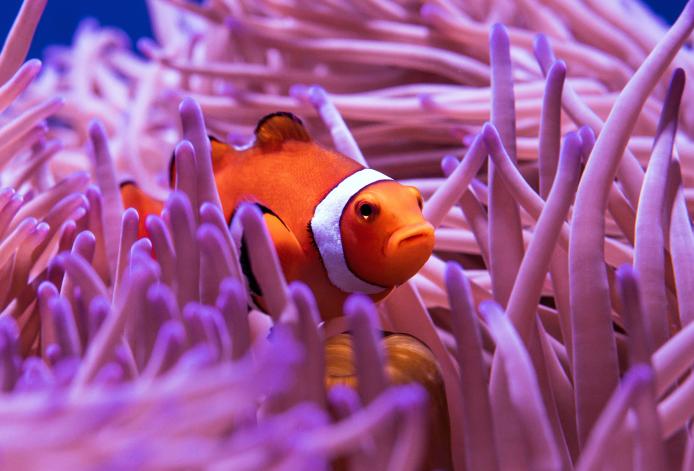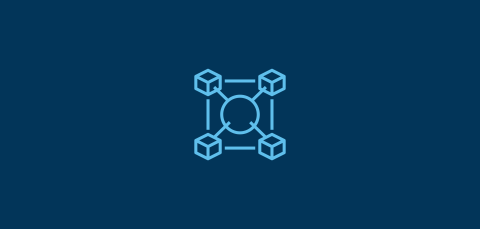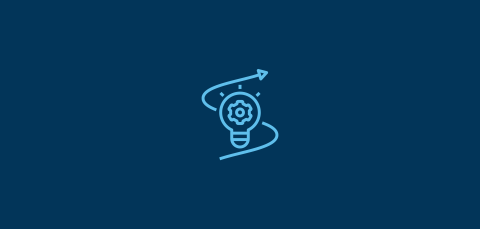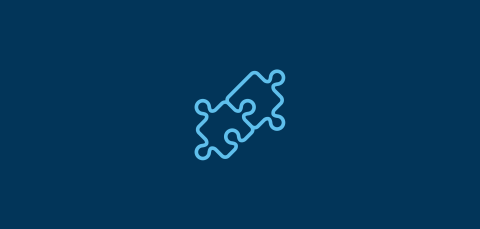
Mission and Vision
The OceanObs’19 conference is a community-driven conference that brings people from all over the planet together to communicate the decadal progress of ocean observing networks and to chart innovative solutions to society’s growing needs for ocean information in the coming decade.
In recognition of the central role the ocean plays in supporting all life on Earth, we see a resilient world whose societies prosper through sustainable interactions with our ocean, guided by timely, reliable, and accessible information.
Conference Objectives
Overall, OceanObs’19 will strive to improve the governance of a global ocean observing system, including advocacy, funding, and alignment with best practices and to designate responsibility for product definition, including production and timely delivery at the appropriate scales (global, basin, regional, national) to serve user needs. The conference program will be built focusing on a single objective each day to provide adequate time to answer to the proposed questions.

Information

Interoperability

Innovation
